No, Jack Dorsey's Cash app isn't about to launch an augmented reality device (er, I don't think...), but its latest outing is about as close as we've come to full confirmation that the wearable AR age is upon us.
The popular payments app loved by the clout-chasing and the famous alike, which is owned by Square, recently rolled out a flashy new marketing video (see below). And while AR isn't the star, it's worth unpacking the major cultural cues contained in the spot.
• Don't Miss: Snap's Non-Creepy, Fashionable Spectacles Wearable Camera Proves We're Ready for Mainstream AR Smartglasses
The video stars music star Megan Thee Stallion (who is no stranger to AR), promoting the traditional stock market and bitcoin purchasing capabilities of the Cash app. But what jumped off the screen for me was the faux AR device planted on Megan's face.
Looking like a 3D-printed cross between Google Glass and some sort of science fiction cybernetic implant, the non-working prop is used in the video as a fake interface for Megan's phone call while she is presumably keeping up on other dealings in the metaverse.
Listen up, Hot Girl CEO and @CashApp are here to teach you about investing. To celebrate, I've partnered with @CashApp to give out $1 MILLION in stock. Reply with your $cashtag for a chance to own some 🔥 #CashAppForHotties https://t.co/NuktKg7ZmD pic.twitter.com/kz5gmy6ySn
Increasingly, these kinds of non-working props are popping up in nearly every popular music video, TV series, and mainstream advertisement, usually showing the wearer interfacing with some unseen data or remote caller. From a technical perspective, it's not a significant trend. But from a cultural perspective—you know, the problem that plagued Google's groundbreaking AR device—these kinds of visuals are sending important signals.
Translation: It's about time to start looking at wearable face-mounted interfaces as "cool" as opposed to a privacy-invading, nerd-centric encumbrance that any style leader wouldn't be caught dead wearing. We are watching, in real-time, the normalization of smartglasses.
It started with devices like Snap's non-AR Spectacles, Amazon's Echo Frames, North's Focals (now owned by Google), and others. And now that Facebook made the move we've been hoping others would make—that is, to partner with a high-end glasses brand like Ray-Ban—the "smartglasses are on-trend" age is finally about to arrive.
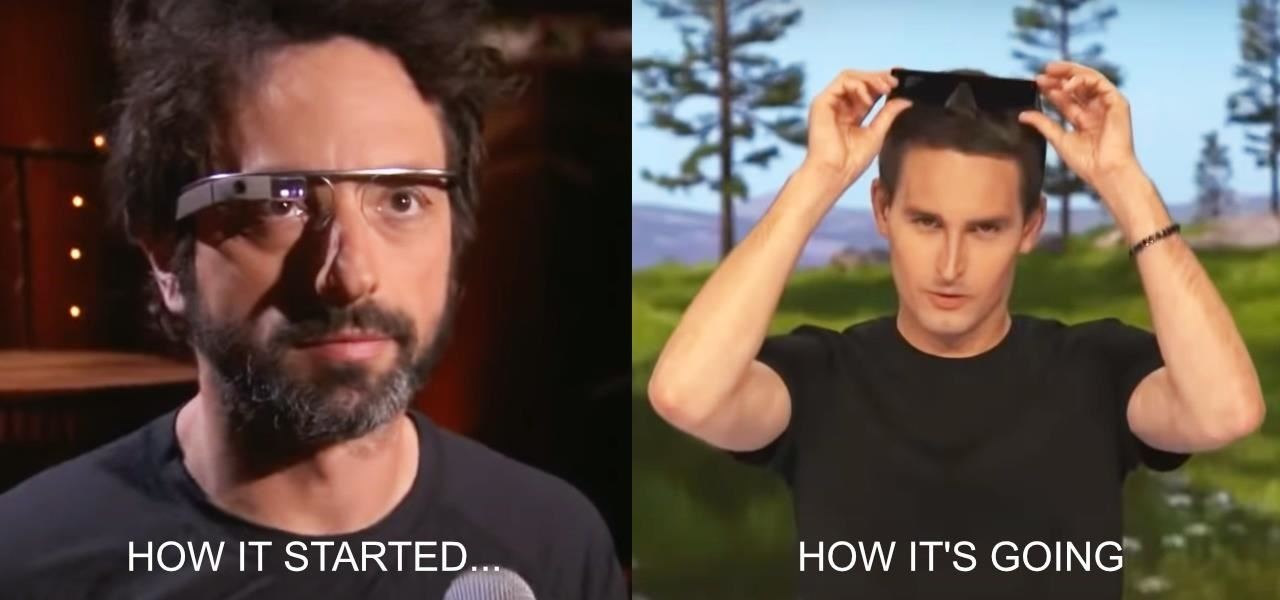
Even Snap's developer-only AR Spectacles are, design-wise, remarkably close to the $900 non-smart Louis Vuitton 1.1 Millionaires sunglasses designed by Virgil Abloh and popularized by music stars like Kanye West, Jay-Z, and Tyga. (You can try them on using AR here, btw.) It's only a matter of time before we catch the first bona fide celebrity heading to an event wearing Snap's AR wearable—bank on it.
So no, that Star Trek Borg-like monstrosity on Megan's face isn't what's in the offing, but it's yet another unmistakable cultural clue that smartglasses are about to be very cool, resistance is futile, as with the Apple Watch before it, and any laggards will be playing catch-up.
Just updated your iPhone? You'll find new features for Podcasts, News, Books, and TV, as well as important security improvements and fresh wallpapers. Find out what's new and changed on your iPhone with the iOS 17.5 update.
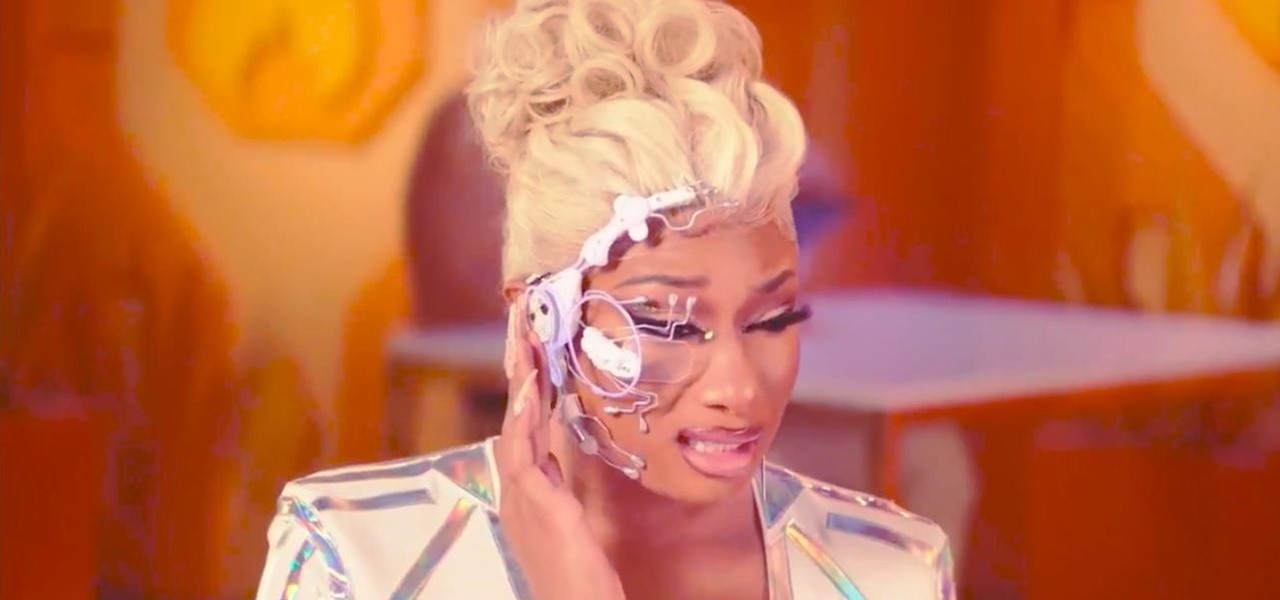


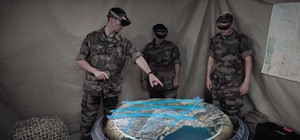
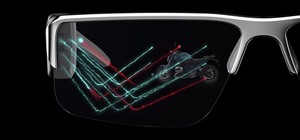
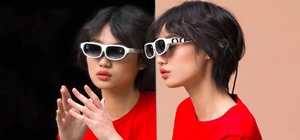
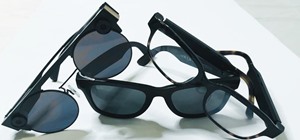
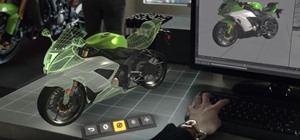

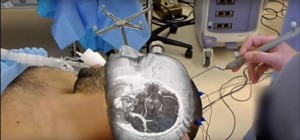


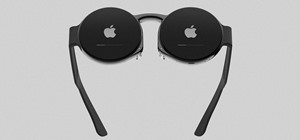

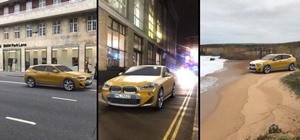

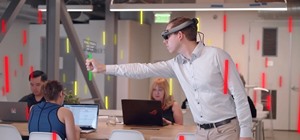
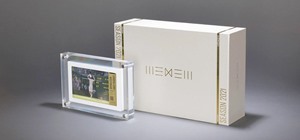

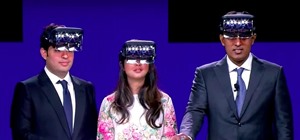



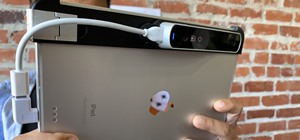

Be the First to Comment
Share Your Thoughts